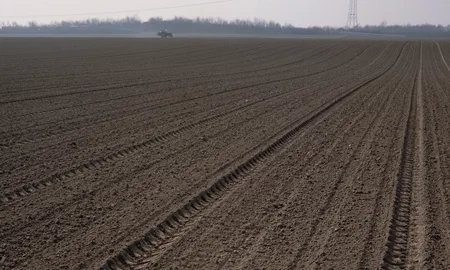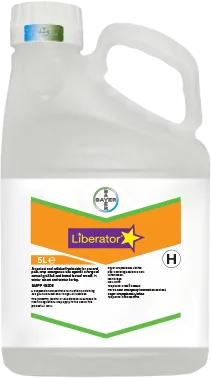Published on 1st June 2018
Weed Management
Four tips for getting the most out of pre-emergence herbicides in black-grass control

Pre-emergence herbicidess are an effective way to control black-grass but timing, conditions and application are crucial to get the best efficacy. ect, growers should consider the following factorsHere are four tips to maximise performance:
Four tips for getting the most out of pre-emergence herbicides in black-grass control Content
Pre-emergence herbicides are an effective way to control black-grass but timing, conditions and application are crucial to get the best efficacy. Here are four tips to maximise performance:
Ensure optimum soil conditions
For optimum herbicide activity, a fine consolidated seedbed that is free of clods and trash needs to be prepared. The presence of clods will result in an uneven application and hold dormant blackgrass seeds, protecting them from chemical, while excessive trash will act as a barrier and prevent the herbicide fully penetrating the soil. Moisture is required for the chemical to move through the soil to the weed germination zone to create a layer of protection up to 20mm deep. Weed roots will take in the active ingredient as they germinate and subsequently perish. For this reason, drilling should be no shallower than 32mm to keep wheat and barley seeds away from the zone of residual herbicide activity.
Timing is everything
Pre-emergence herbicides should be applied within 48 hours of drilling for optimum control of black-grass. Immediately after drilling, weeds can begin to germinate so a prompt pre-em will prevent roots and shoots growing past the layer of control from the herbicide. Residual herbicides need moisture to work effectively, in dry conditions it is usually better to postpone drilling until there is moisture rather than apply a pre-em to dry soil.
Apply it right
The right weather conditions, paired with the correct nozzle, boom height and water volume will all have an impact on the efficacy of a pre-emergence herbicide treatment. The aim from application is to get even coverage of the soil surface and both air-inclusion and fan nozzles do the job well. Forward speeds should not be in excess of 12 kph and herbicides should always be applied at the recommended rate. Water volume is crucial to allow good soil coverage and uptake from black-grass weeds. Volumes of 200L/ha are usually more effective at ensuring good surface coverage. Make sure sprayers are serviced, cleaned and tested prior to use.
Tank mixing for marginal gains
With its efficacy being little affected by resistance, flufenacet remains the most effective active ingredient for pre-emergence black-grass control. Liberator (flufenacet + diflufenican) typically offers up to 80% control alone, which can be further boosted by an appropriate tank mix partner, including Proclus (aclonifen) which improves black-grass control by 10-15% . Using a range of active ingredients also forms the basis of any effective anti-resistance strategy. Appropriate tank mix partners for Liberator will depend on various factors, such as target grass weed species, resistance status of grass weeds and other broad-leaved weeds present that require control.
If you have any questions, please contact your local CTM or Tweet @Bayer4CropsUK.



